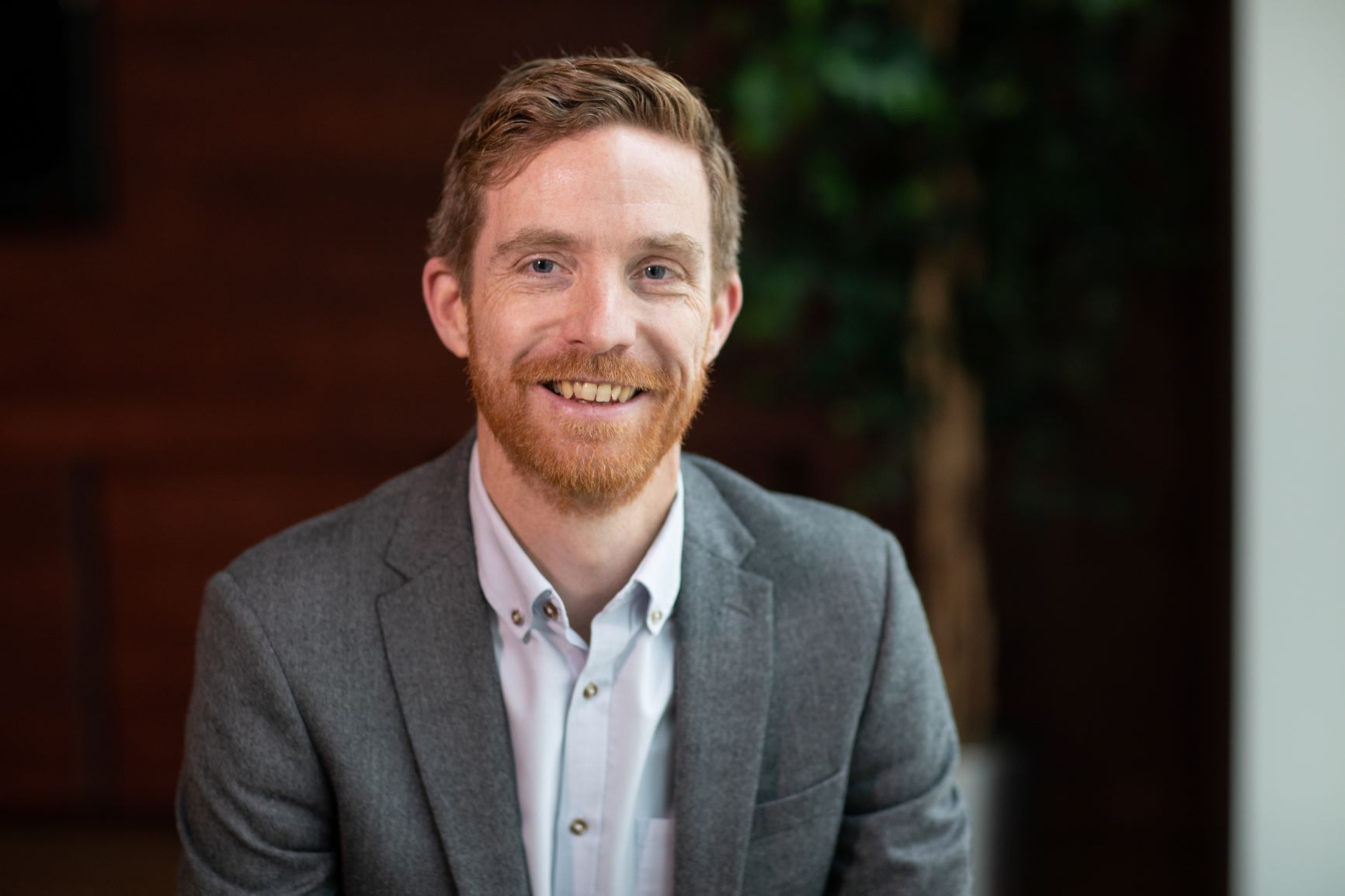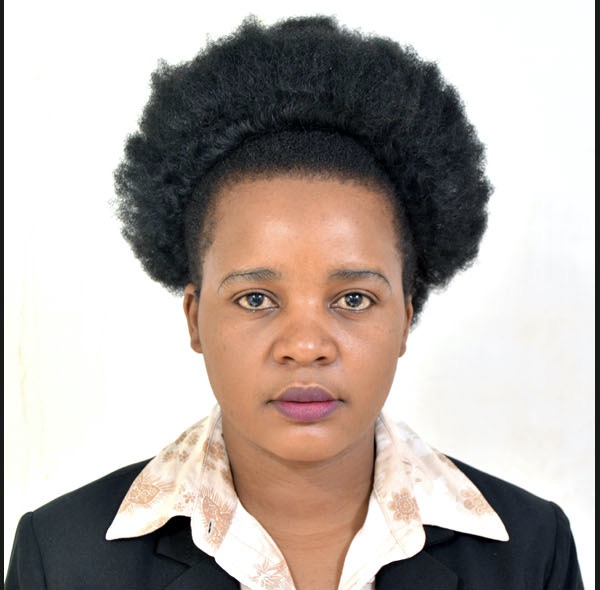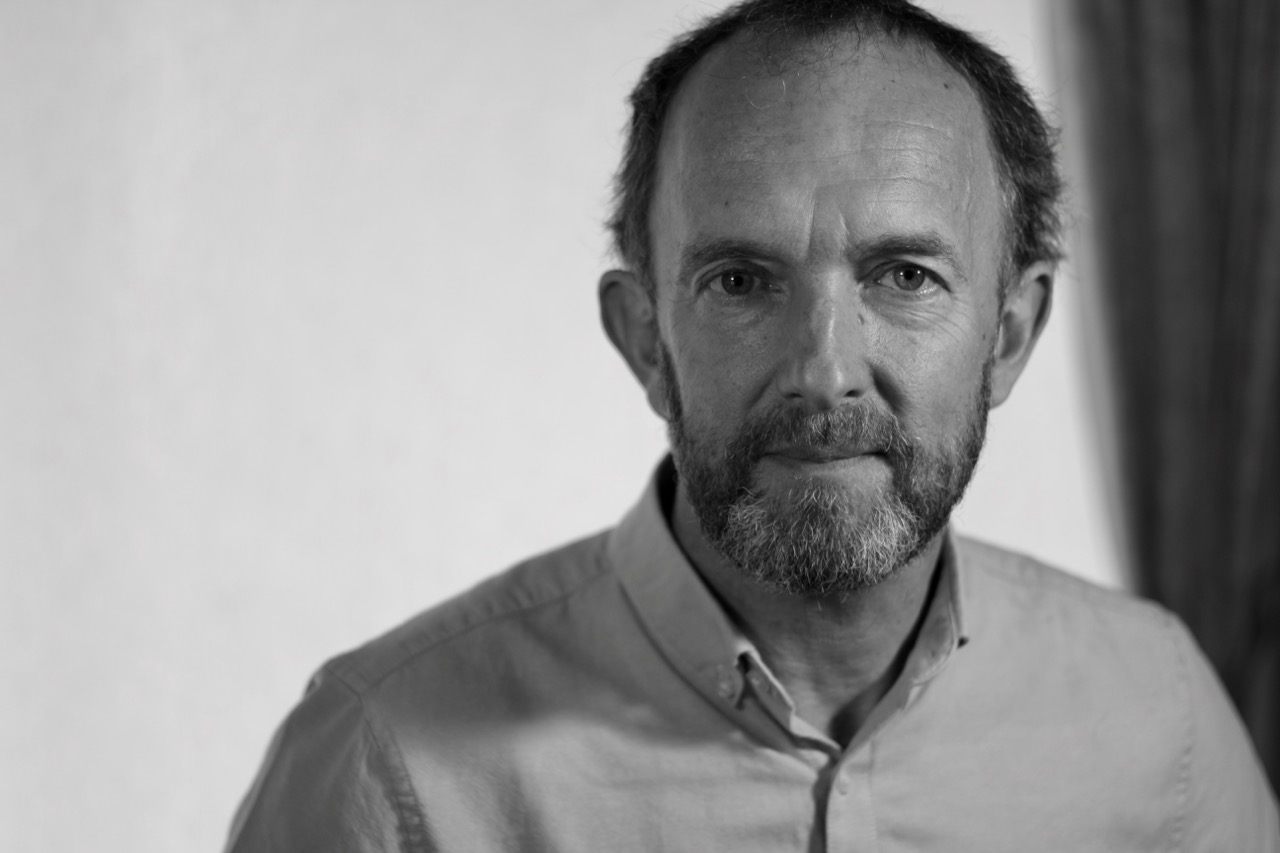11/10/2025
09:30 - 10:10
Conference Hall B: Session Room 11
, Híbrido (presencial con transmisión en directo)
Sesión con interpretación
Por qué asistir
Hosted by IFAW and the Global Rewilding Alliance, this session will introduce the science behind how conserving and restoring wild animal species populations can supercharge carbon capture across ecosystems, along with policy tools to apply this knowledge, with inputs from IUCN members, Commissions and the Secretariat. Sign up for this session
Descripción de la sesión
From bison to fruit bats, sharks to shorebirds, animal populations increase carbon storage in ecosystems through interactions in their environments - a mechanism called Animating the Carbon Cycle. Conserving and restoring key wildlife species enhances the capacity of ecosystems to remove atmospheric CO2 and retain it in biomass, soils and sediments. The aggregate effect globally is potentially billions of tonnes annually. Policy frameworks and interventions to date have focused primarily on the impacts of climate change on wildlife rather than the functional role of wild animals in ecosystem-based mitigation. Now, more than ever, the world needs new and additional solutions. This session, hosted by IFAW and the Global Rewilding Alliance, will show how applying carbon capture models for target species at key places in terrestrial, freshwater and marine ecosystems, can enable governments to incorporate this new knowledge into their action plans for reaching global targets on climate and biodiversity.Organised by
International Fund for Animal Welfare ( United States of America )
Asociaciones
Climate Crisis Commission
Headquarters
Speaker
Director International Conservation Affairs, Zimbabwe Parks and Wildlife Management Authority



